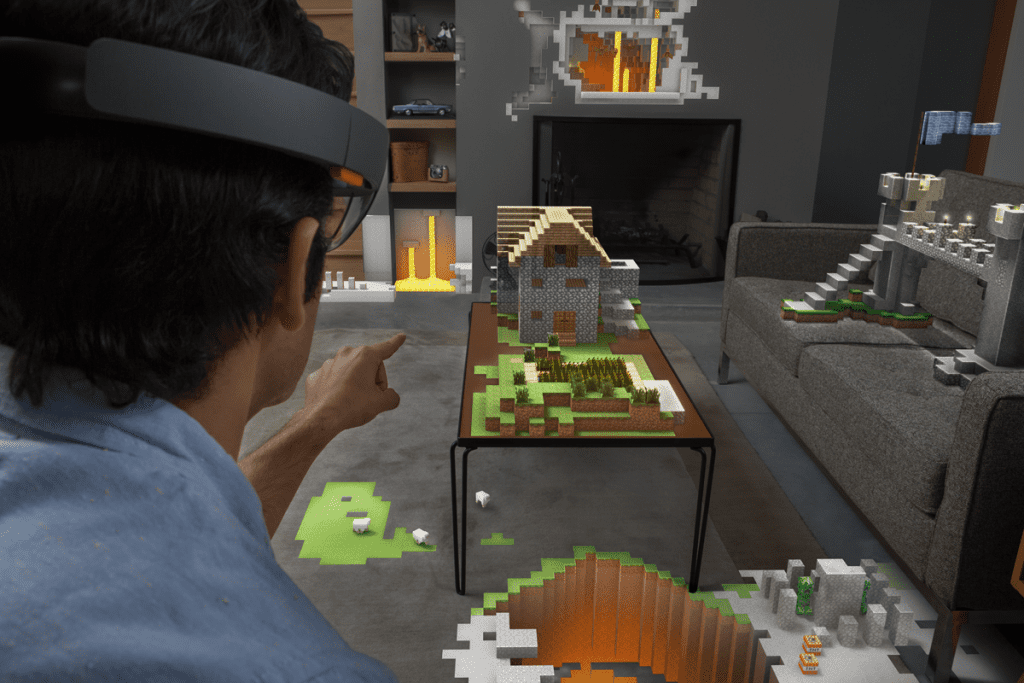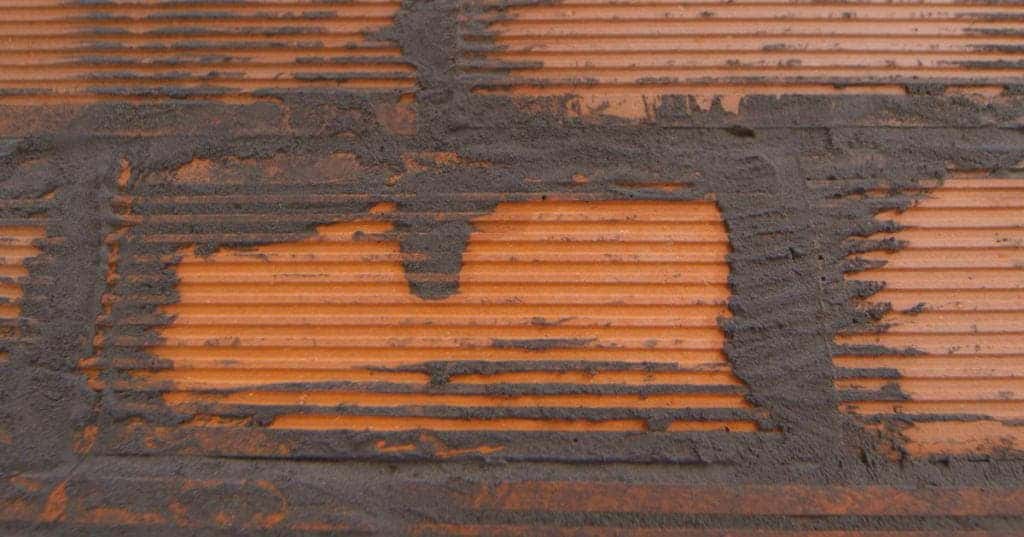With the recent releases of Oculus Rift and HTC Vive, soon to be joined by Microsoft’s HoloLens, virtual reality has finally become accessible to consumers. As far as innovations go, it stands in a class of its own by allowing us to virtually alter the real world around us. It carries an echo of the changes mass media and computers brought into our lives, but there hasn’t been anything quite like it in our history. Among other things, VR could have a very powerful impact on our home life.

Image via wikimedia user Microsoft Sweden.
First, it’s easy to forget that incorporating virtual objects or people into your house still requires physical space. You need enough space to whack goblins or whatever your VR game of choice is. Reports are already coming in of people injuring their hands playing Selfie Tennis when they swing for a virtual ball but hit a very real ceiling. For applications that blend the real with the virtual — such as the HoloLens — you need to make enough room for projections.
“Let’s assume that you don’t have a giant empty room in your house just waiting to become your own personal holodeck,” Wes Fenlon recently wrote for PC Gamer magazine. “Because if you do, you’re already in good shape for VR. Also, we’re very jealous and would like to come hang out, please.”
As most VR applications require you to stand, Fenlon also suggest switching to a standing desk in your office and opting for anti-fatigue mats instead of carpeting, to make the hours you’ll be spending on your feet more comfortable. But incorporating virtual reality into our lives goes deeper than making space or buying new furniture.
Our home is usually reserved as a place of privacy, and here we surround ourselves both with functional objects and those that have meaning to us — books, art or emotionally charged trinkets. But the necessities of VR could instead push interior design towards minimalism – an empty space to make room for a make-believe world. As Fenlon jokingly points out, the virtual reality boom is a perfect excuse for decluttering – getting rid of furniture, removing rugs and cables you might trip on, and even taking pictures down from your walls so you don’t knock them off.
It’s also possible that the building itself doesn’t fit your VR and you’ll inadvertently do a face high-five with the floor when playing a game — either way, you won’t always be able to visually keep track of your environment, something you’ll have to constantly remind yourself in VR.
It’s not only our concrete surroundings that we’ll have to watch our for, though: in the guidelines accompanying its Rift headset, Oculus warns users to “remember that the objects you see in the virtual environment do not exist in the real environment, so don’t sit or stand on them or use them for support.” This just goes to show how easily we can lose track of what is and isn’t real around us.
I’m not saying that VR is the doom of our species or our crowning achievement. Up to now, we’ve either acted in the real world or a virtual one with a clear distinction between them. But that line just got very blurry and it’s definitely something that we’ve never been exposed to before — definitely not on a scale that we’re likely to see soon. As such, it’s going to take a bit of getting used to.
And don’t throw away all your stuff just yet. You never know when the power might go out.






